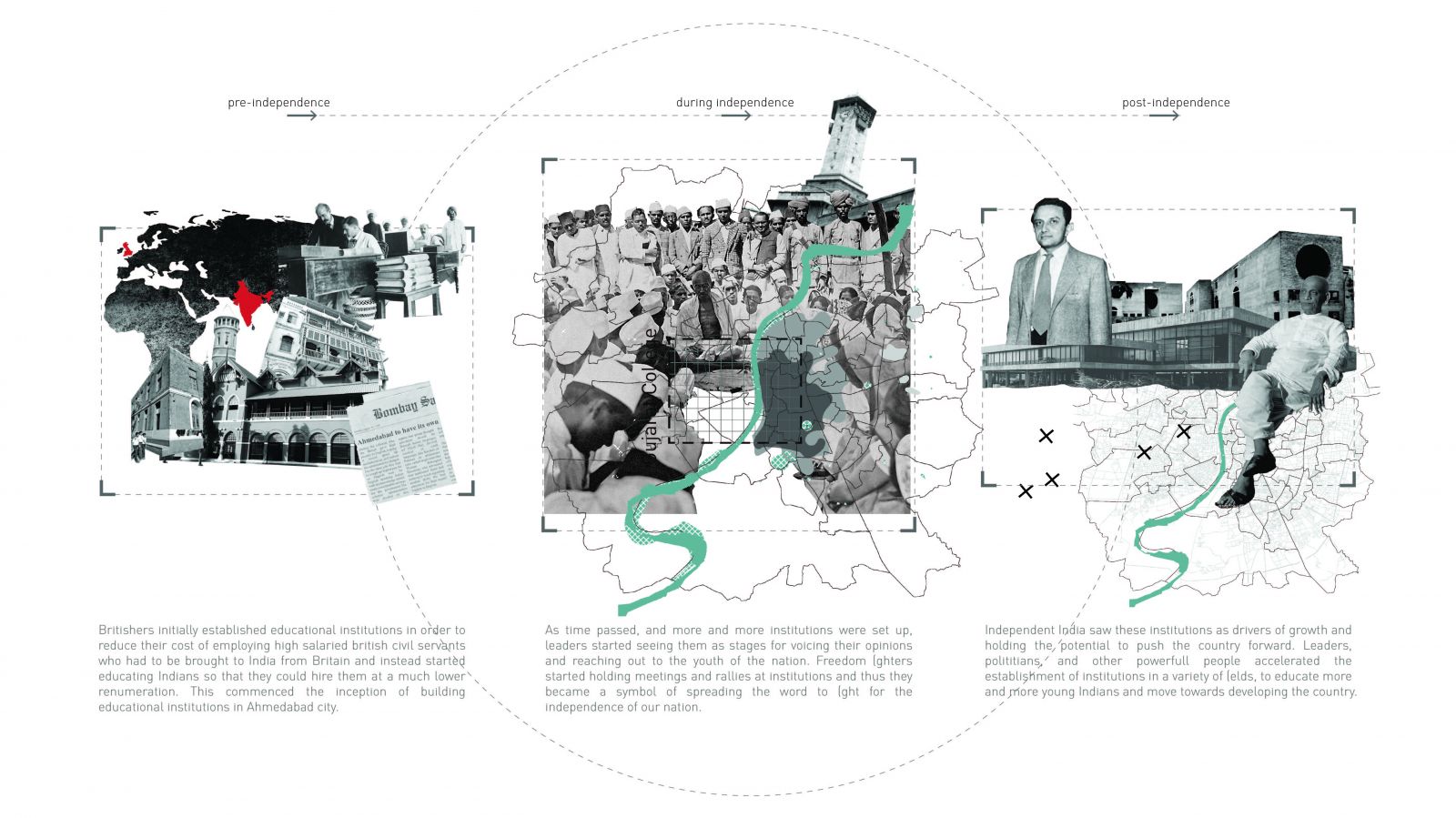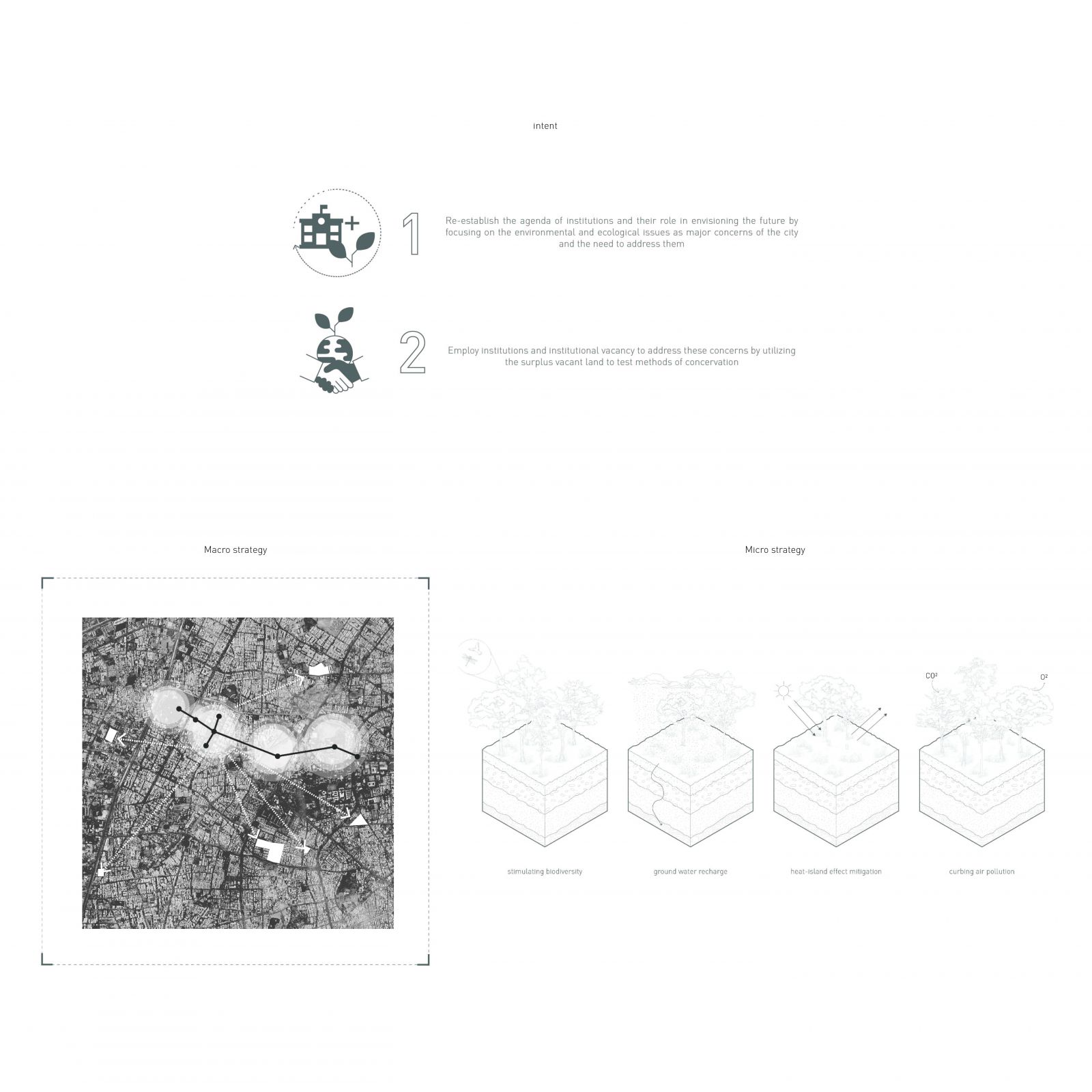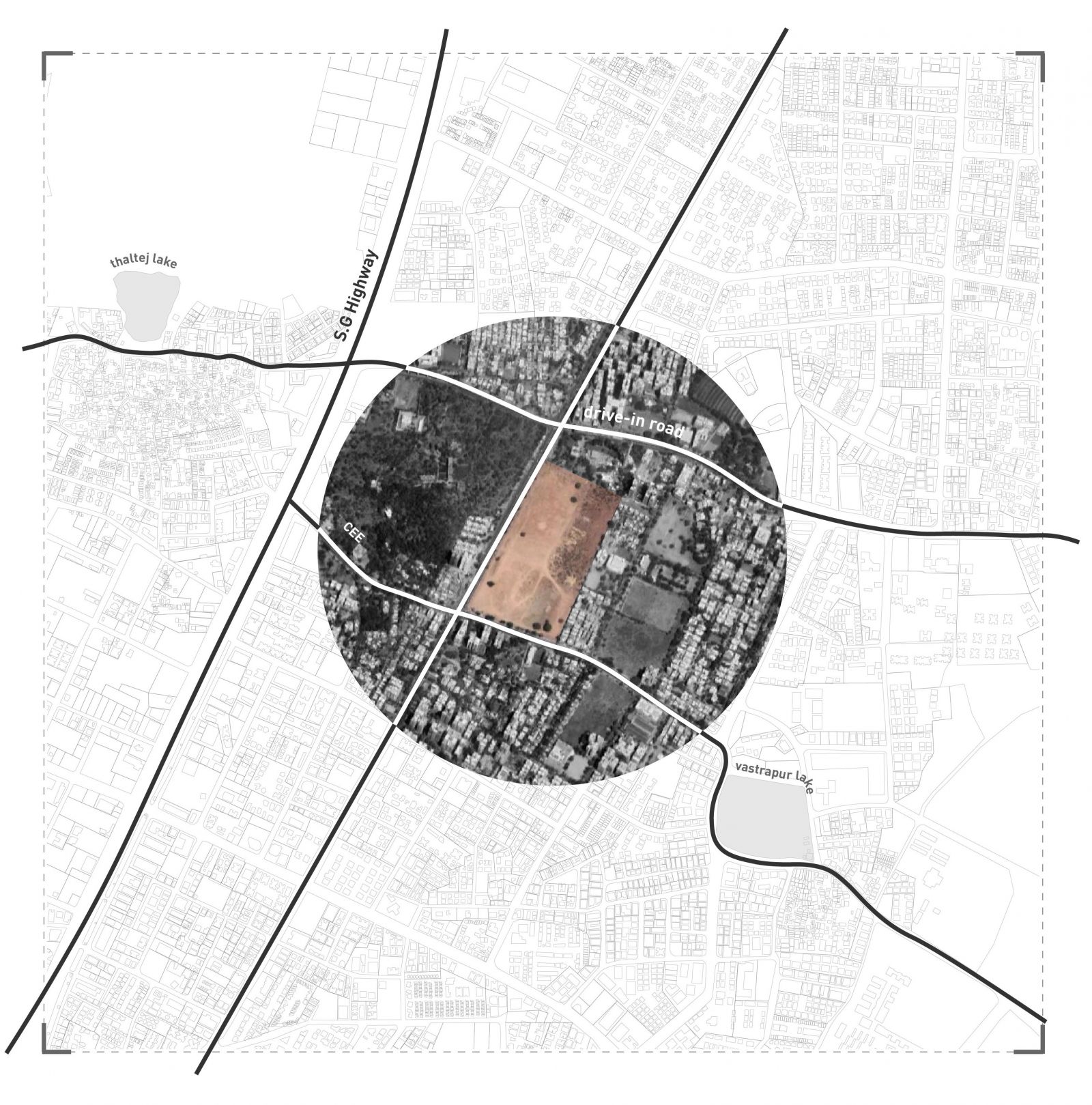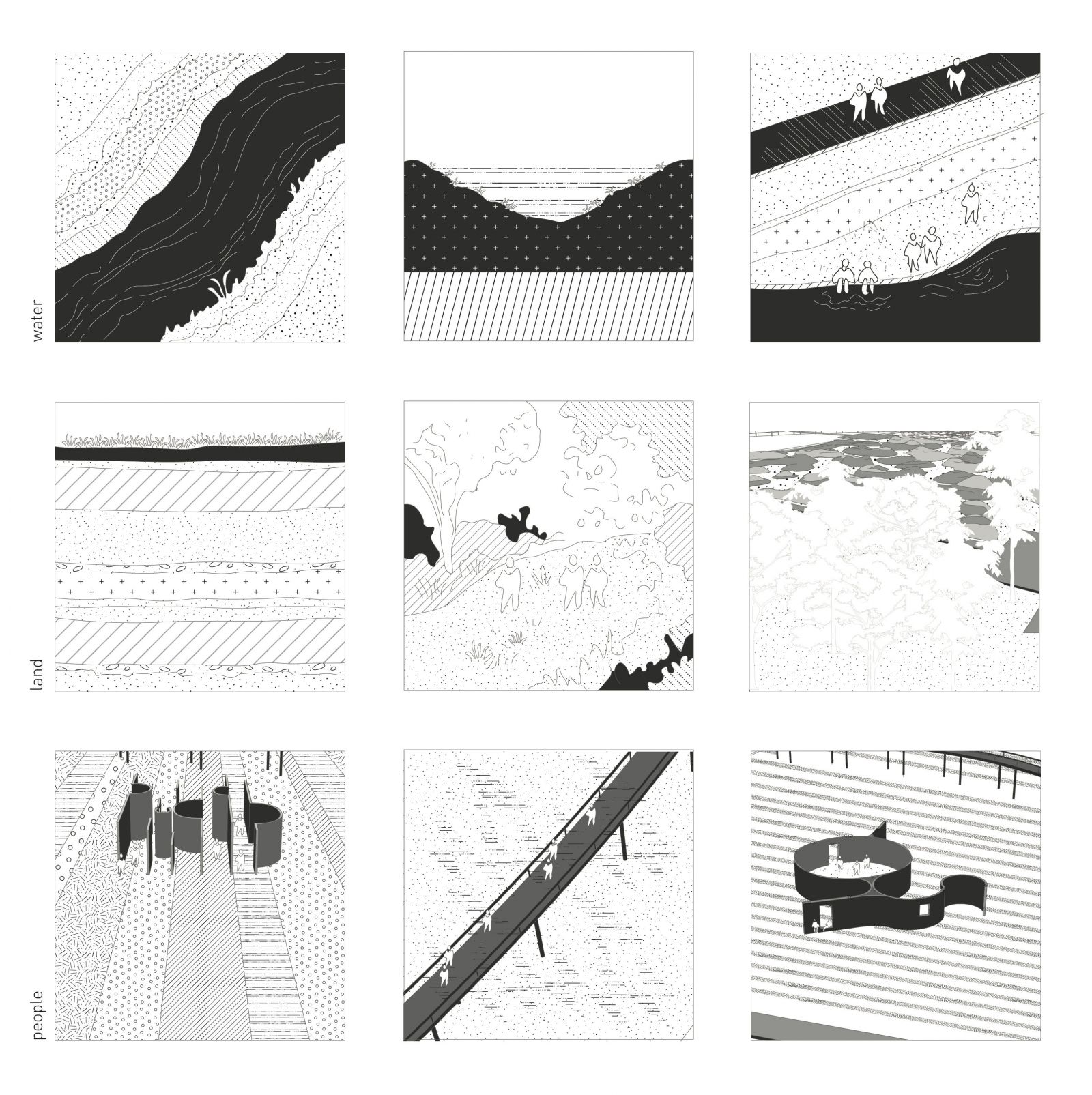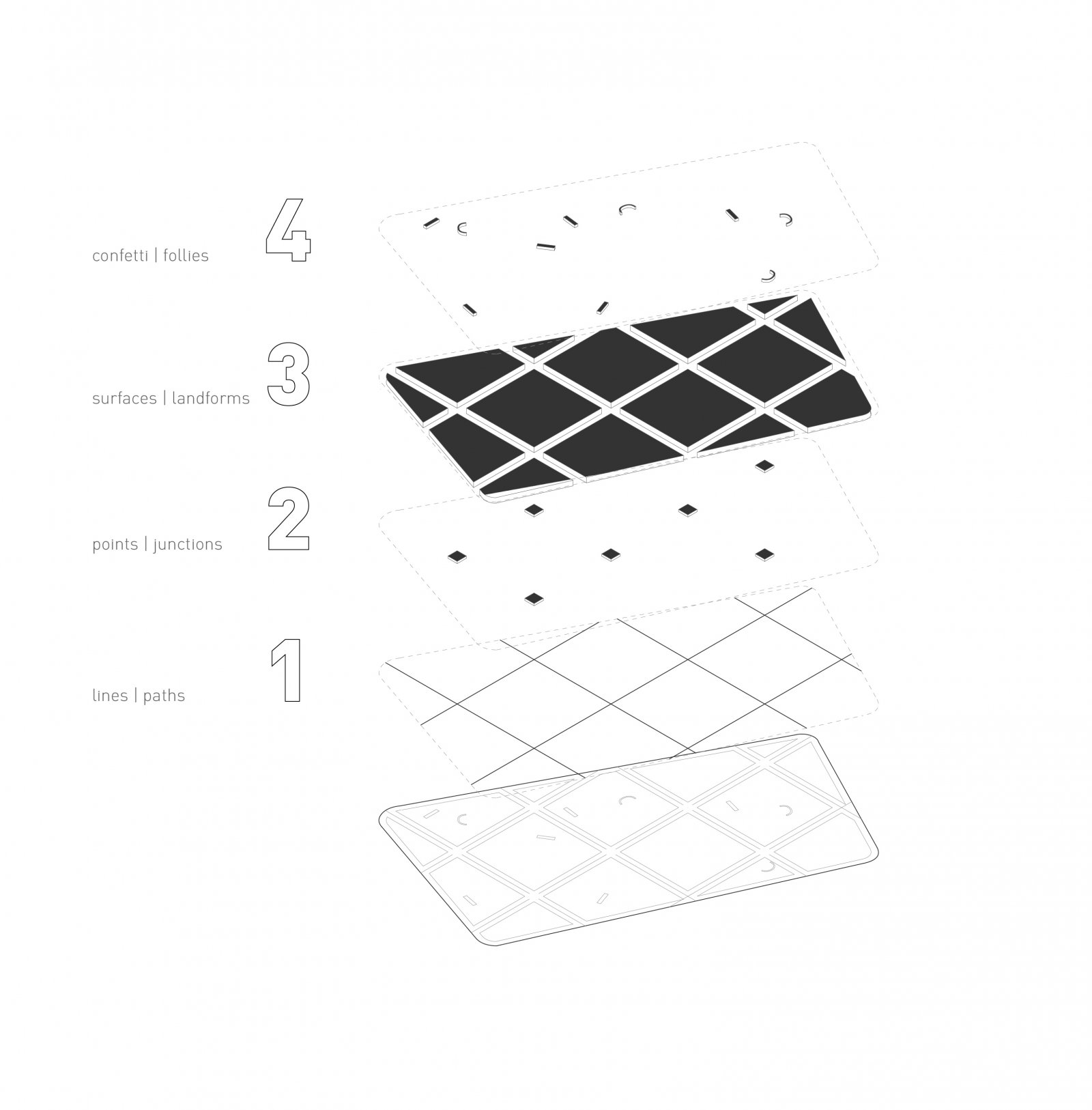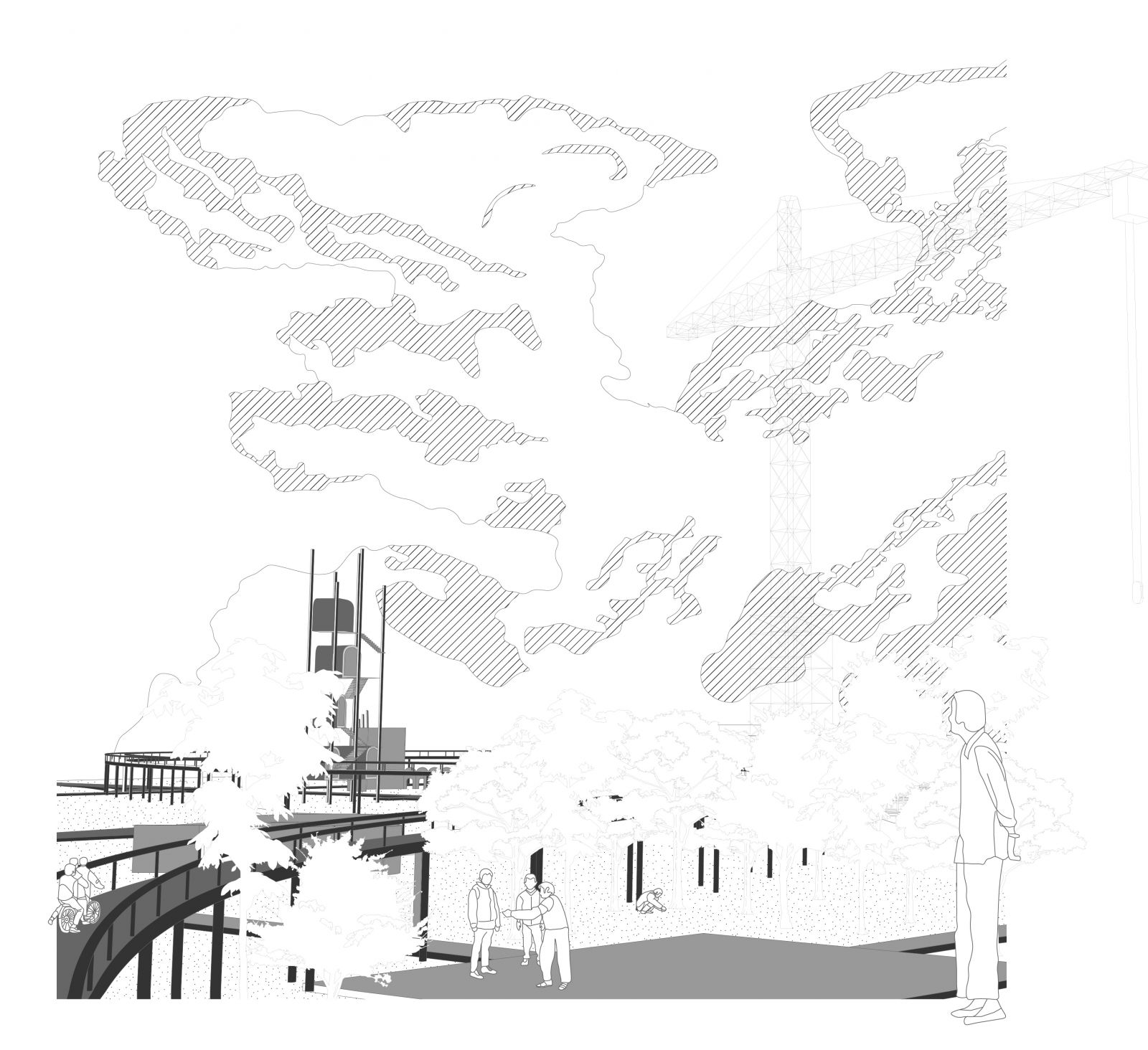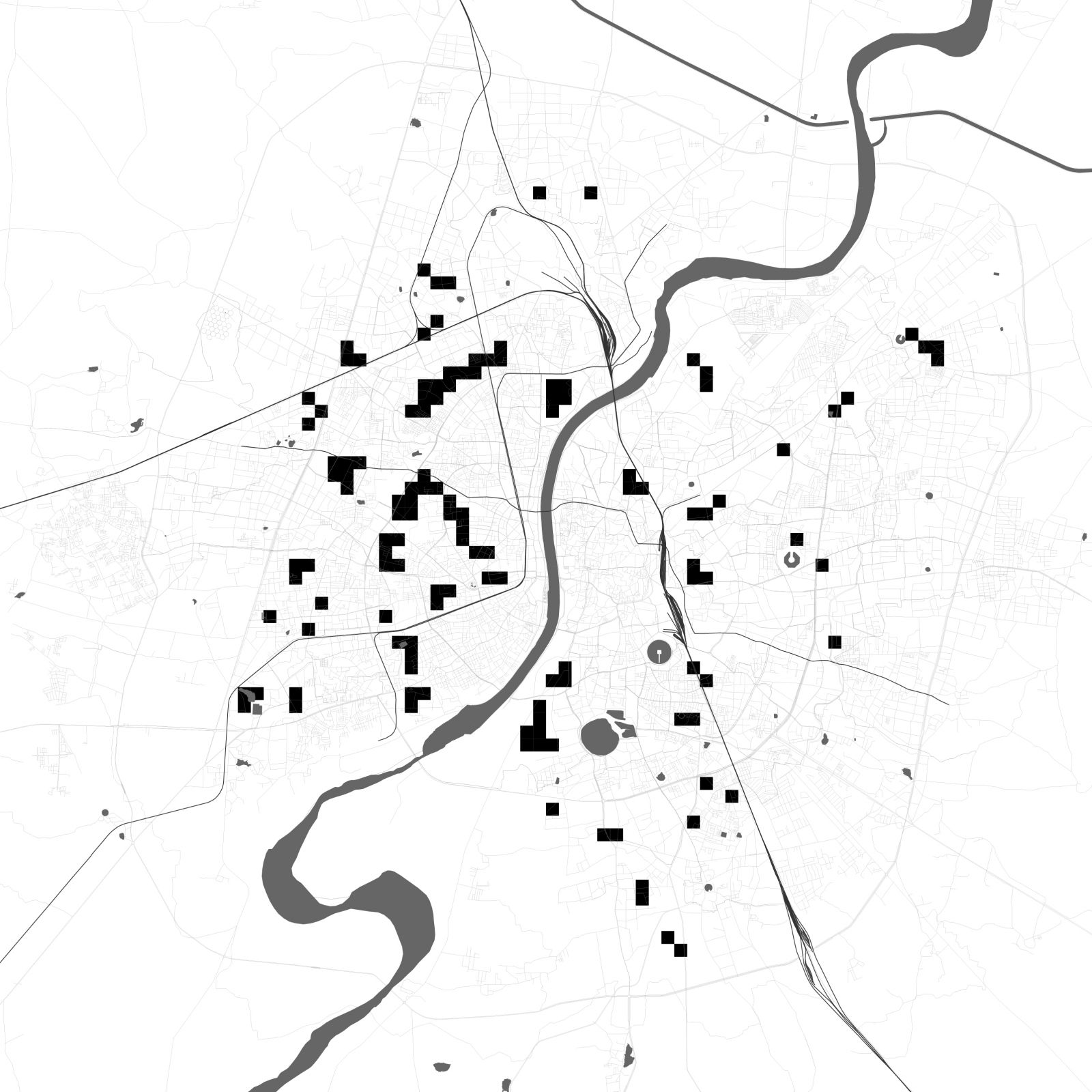Your browser is out-of-date!
For a richer surfing experience on our website, please update your browser. Update my browser now!
For a richer surfing experience on our website, please update your browser. Update my browser now!
Working landscapes posits an environmental project as a generative and organizational matrix for expanding the scope of urban green networks in the city. It reflects a vision to re-establish the agenda of educational institutions and employs their vacancy towards addressing the current environmental urgency in order to trigger a city-wide reform against contemporary urban development practices.
View Additional Work